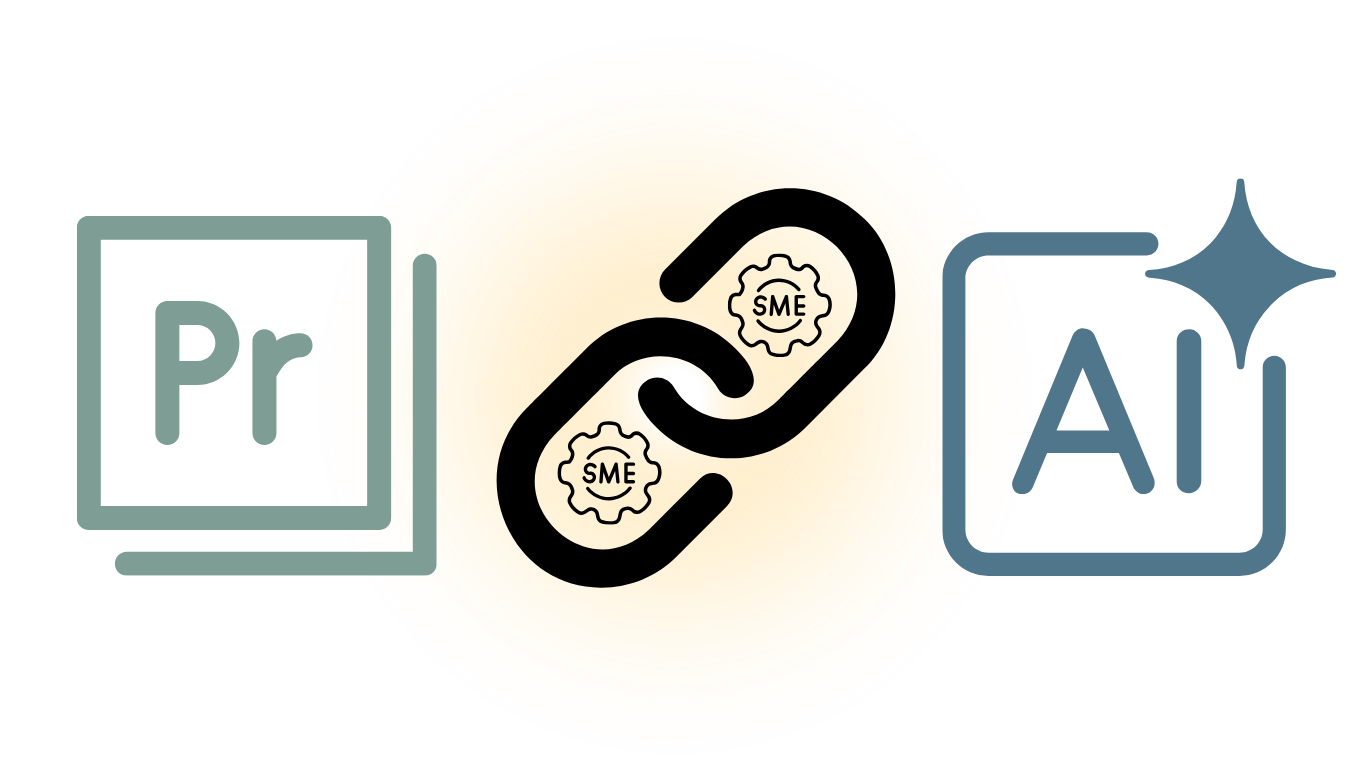5 Digital Tools You Need to Track Success
Whether you just pulled off a killer media event or implemented a new content strategy for your organization’s online channels, the hardest part often comes last: reporting. Return on investment, or ROI, is one of the most difficult metrics to measure but is arguably the most critical proof point of your success. Social media followers, media hits, and similar results are positive outcomes, but you can’t demonstrate how they make money for your organization, they aren’t sustainable tactics for the long haul.
At CBC, we implement a comprehensive tracking and measurement system with each client before we embark on any new project. Doing so allows us to see, often in real-time, how our proposed strategy is performing, where we need to make adjustments, and whether we are truly making headway towards our outlined business objectives. Today, we’re sharing the top five digital tools and systems your team should implement to ensure you can articulate the return on investment of your digital or PR program:
Before We Get Started…
By the time you begin to track and measure your success, you should have several pieces in place, including but not limited to:
- A documented digital strategy
- Knowledge of each user group you are trying to reach
- Knowledge of each channel those user groups are using and why
- A clear understanding of overarching goals and KPIs that are going to indicate success, including the monetary value of each KPI.
In the sections below, we outline our five go-to tools that we use to track the status of our campaigns and showcase success.
Download: Tracking Configuration Checklist
This checklist will give you a great foundation to track your goals. Enter your email address and we will send you a PDF of our Tracking Configuration Checklist.
1. Google Analytics
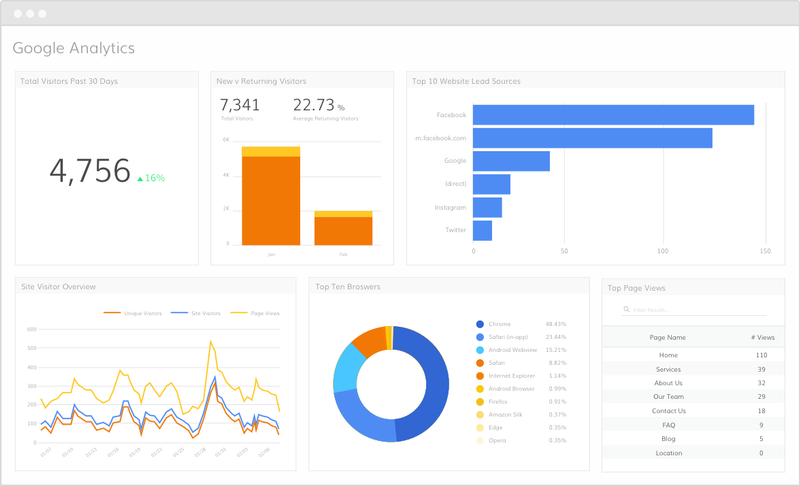
In most cases, Google Analytics is our analytics software of choice. It’s free and the most benchmarked analytics system that currently exists. Google Analytics is going to tell you who is coming to your site, how they got there, what they did while they were there, and ultimately the results of that visit.
Google Analytics can tell you, for example, how many people visited your “about us” webpage on the day your company was featured in the news. From there, you can track users’ behavior on your website and see if they participated in other nurturing activities, like downloading a whitepaper, signing up for your newsletter, or making a purchase. This is a very basic example of how Google Analytics can help you articulate the ROI of your efforts.
To use Google Analytics, all you have to do is put Google’s pixel code on your website. For more information on how to install this code, check with your content management system provider (CMS).
For organizations that want to get a bit more out of their analytics, there are some settings that you can configure to provide deeper insights into how users are leveraging your website. These advanced features include goals, events, site search, views, and filters. We will discuss some of these in this post.
2. Google Tag Manager

Google Tag Manager is a free product from Google that allows you to manage pixel tracking codes from various companies without the need for knowing how to code. For example, when you deploy Google Analytics, you should leverage Google Tag Manager to get the code on your website. In fact, most platforms where you will be connecting with users will have a conversion tracking pixel or an analytics tracking code for their specific platform. This draws a bridge between platforms like Facebook, Instagram, Linkedin, and Twitter to what users are doing on your site. These tags are key to understanding what is relevant to your users and brings clarity to the results of the investment being made into marketing.
Another huge advantage of a tag management system is convenience. A simple user interface (UI) makes it easy for a marketer to deploy code to their website without having to get a developer involved. This saves time, effort, and possibly money for everyone involved.
3. Conversion Tracking
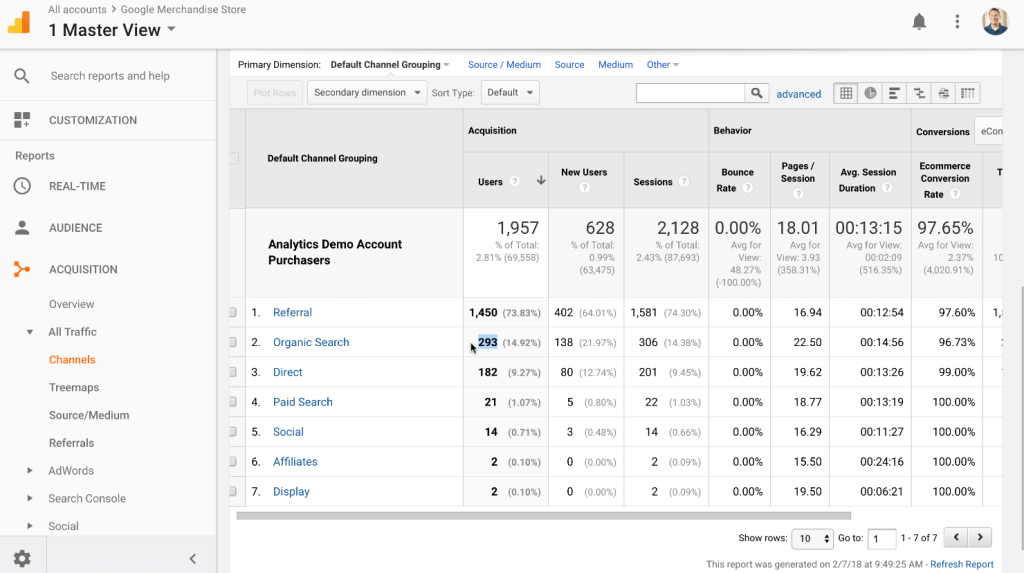
The conversions tracking section of Google Analytics is broken down into 2 core components:
- Goals – essentially your numerical KPIs
- Ecommerce – a specific type of goal that tracks how much revenue is generated from the site.
Before you get going, you need to:
- Know your strategy
- Know your channels
- Know your KPIs
Goals can be set up in a few ways. To start, they can be based on how users interact with your website. For example, you may know that if a user watches a video on your website, they have a 10% higher likelihood of becoming a lead. Another example is to track pageviews of a thank you page, a page that can only be reached if someone filled out a form.
You may be asking: Great, what do I do with this information once I have it set up?
In short, this information is going to tell you where to spend your time and money. If you find that users who convert are starting in social media and coming back to your site from an email marketing nurture campaign, you will want to put more effort into those types of activities to get the most out of your efforts. If you can quantify what a lead is worth to your organization, you can take this information and articulate how many users your strategy has converted to leads, and what the monetary worth of those efforts equals.
These goal configurations allow you to track the volume of successes you have on your website and cross-reference (through Google’s channel report) with how people came to your site (generally through your marketing efforts). This information is incredibly valuable. A few ways you can use this information:
- Funnel optimization
- Channel effectiveness
- User experience feedback
- Business impact
All these and more allow you to progress your marketing efforts further, satisfy the user’s needs, and help build a business, cause, or subscriber base.
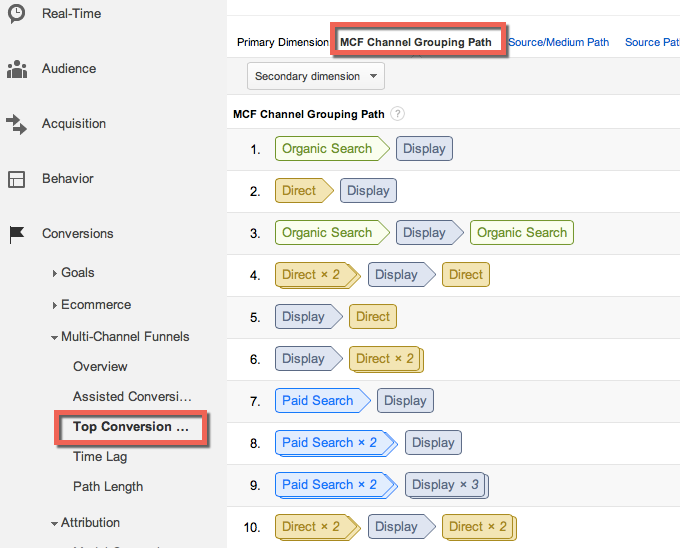
On the ecommerce side, everything that we have already talked about still applies, but one additional tool that can be helpful is the Multi-Channel Funnels link under Conversions in Google Analytics.
It is easy to see prospects come in from something like organic search, see them fill out a form, and conclude “We need more of that”. The one key piece of information this tool brings into the light is the channel combinations that were required to get the user through their journey. It is extremely common for a user to:
- Receive first exposure in social media
- Be intrigued enough with your content to share an email address
- Nurture that user through a series of emails
- Get that user thinking and researching and Googling your product or service
- Request a call with your sales team or buy a product on your ecommerce site by Googling your company name and clicking on your blue link in Google.
There is an entire unique science to figuring out that puzzle on a per organization basis.
4. Event Tracking
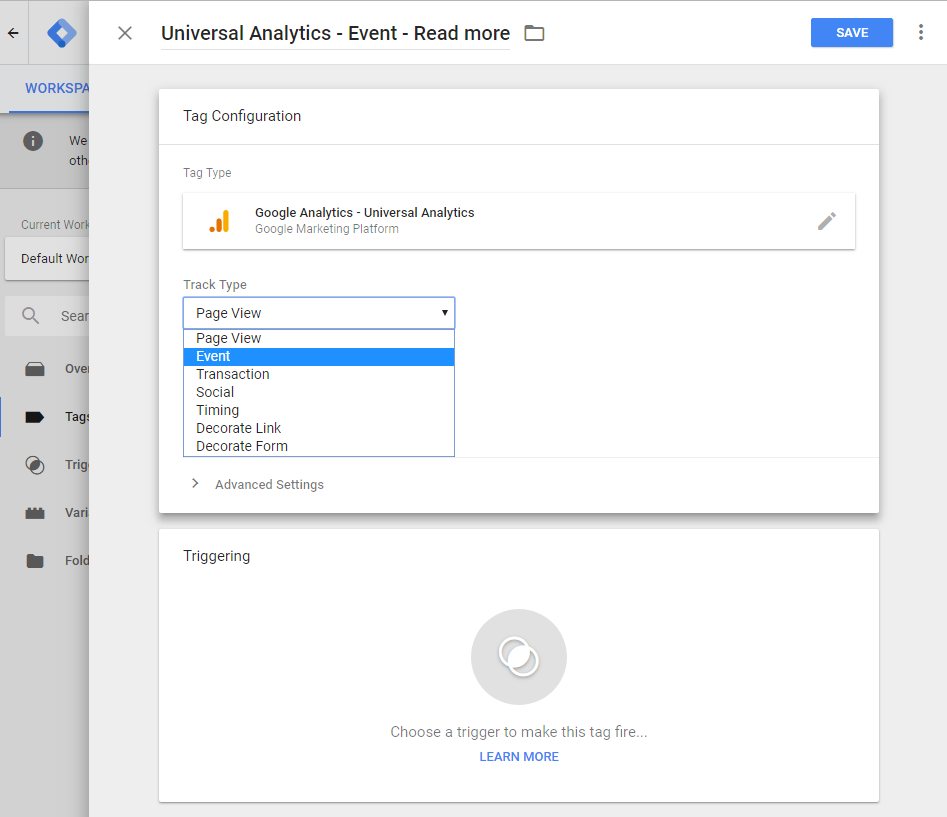
Events are configured within Google Tag Manager. By configuring these, you gain additional insights into what your users are doing on your website. Google Analytics does a great job of tracking pageviews, but activities such as scroll depth, video plays, clicks on social media icons, interactions with a gallery slider (and just about any other action a user does on your site) can be tracked through Tag Manager.
This tool allows you to test theories on how users are interacting with your site and provide insights into how to provide a better experience to the user and produce better outcomes for your organization.
Some example uses:
- How far are users watching your demo video? If too many people are not finishing the video, you can dig into qualitative and quantitative data to diagnose what may not be working. Is it too long? What is happening in the second minute that loses the user’s attention?
- How many people click on your social media links? If you’re in B2B, this can give you an idea of how companies are vetting you. If you’re a B2C company, this can show potential channel subscribers or followers coming directly from your website.
- How about A/B testing content? Did version 1 of the homepage call-to-action (CTA) perform better than version 2? Event tracking is how you can measure all of this.
5. UTMs

Urchin Tracking Modules (UTMs) are the best way to track marketing sources beyond that of just a referral, which is how Google Analytics will define a user that visits your site by clicking a non-search link on any other site (i.e. a social media post.) The UTM is added to the end of a URL and uses the content that you put into the URL string to track information about where the user came from and what content they viewed that inspired them to click. The core strength of UTMs is its ability to provide high-level reporting while providing the option of uncovering nitty-gritty details of how users are getting to your site (regardless of where the UTM link is located: social, email, referring sites, or even your email signature).
There are 3 major components to a UTM:
- Campaign Name – This is the theme or core goal you are trying to accomplish (FlashSale, Renewals, Engagement, Brand Awareness, Black Friday)
- Campaign Source – This is the channel that you published the link on (Facebook, LinkedIn, Google)
- Campaign Medium – The location or description of the placement of the link (PPC, email, organic social, paid social)
- Bonus: Campaign Content (This is an optional one, and not one of the major ones) – This is the version of content or ad variation that goes with this link. Use this to test ad copy and A/B test email layouts.
When deploying UTMs to your webpage URLs, here are some best practices to keep in mind:
- Add a filter to lowercase these variables in Google Analytics so your data doesn’t get fractured if there is inconsistency in the way UTMs are created
- Campaign names should be high-level themes and should ideally be consistent across multiple channels. Most companies have a multi-channel strategy, therefore you need a multi-channel tracking deployment. By making sure your campaign names are consistent and high-level across all channels, you gain the ability to easily measure the effectiveness of those campaigns across multiple channels and multiple pieces of content.
- For more advanced teams, leverage the campaign content field to either A/B test or describe the content of a social media campaign to see what resonates with your users.
Using UTM codes, you could, for example, easily track the number of site purchases, RFPs, or other action valued by your organization that come in through your various marketing efforts.
There is a vast amount of options available for marketers to track their campaigns. If you can think of a metric you want to track, there is a pretty good chance that you can collect the data on it. If you have an interesting tracking/reporting problem to solve, you know where to find us!


